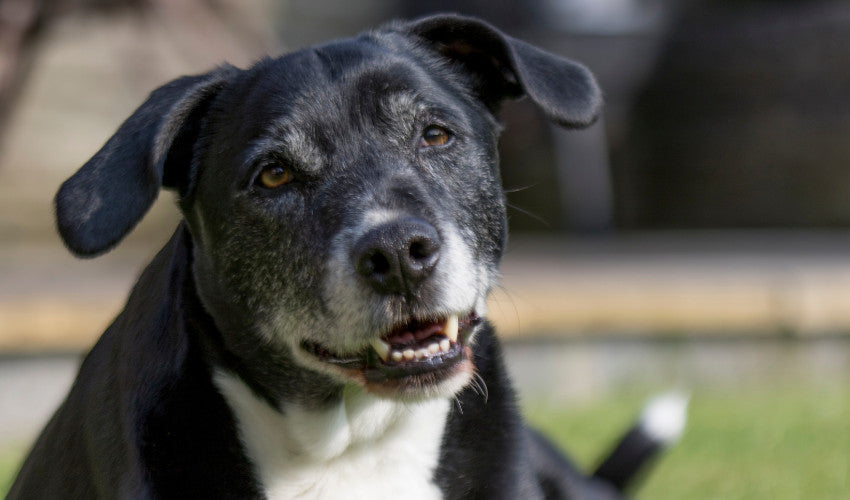
The Importance of Mobility in Older Dogs
As our beloved canine companions age, maintaining their mobility becomes increasingly crucial to their overall quality of life. Whether your senior dog is a playful pup at heart or a laid-back, easygoing buddy, keeping them mobile can greatly impact their happiness and well-being. In this blog, we'll delve into the significance of mobility in older dogs and provide you with valuable tips on how to ensure your aging furry friend enjoys an active and fulfilling life.
The Importance of Mobility in Older Dogs:
- Physical Health: Mobility is closely linked to physical health in dogs. Regular movement helps maintain muscle strength, joint flexibility, and cardiovascular fitness. Keeping your senior dog active can alleviate arthritis symptoms, reduce stiffness, and prevent muscle atrophy, ultimately contributing to a longer and healthier life.
- Mental Stimulation: Exercise and movement also provide mental stimulation for older dogs. Engaging in physical activities keeps their minds sharp and prevents boredom, reducing the risk of cognitive decline and age-related behavioral issues.
- Weight Management: Senior dogs are prone to weight gain, which can exacerbate joint problems and overall health issues. Staying active helps regulate your dog's weight and keeps them at a healthy size, reducing the strain on their joints.
- Social Interaction: Many older dogs enjoy socializing with their human family members and other pets. Regular outings and activities provide opportunities for social interaction, keeping your senior pup emotionally engaged and content.
Tips for Keeping Older Dogs Mobile:
- Regular Exercise: Tailor your dog's exercise routine to their age and physical condition. Short, frequent walks are often better for seniors than strenuous activities. Consult with your veterinarian to determine the most suitable exercise plan for your older dog.
- Joint Supplements: Consider adding joint supplements like glucosamine and chondroitin to your senior dog's diet. These supplements can help maintain joint health and reduce the discomfort associated with conditions like arthritis.
- Balanced Diet: Ensure your senior dog is on an age-appropriate, high-quality diet. Nutrients like omega-3 fatty acids and antioxidants can promote joint health and overall well-being.
- Gentle Playtime: Engage in gentle playtime with your senior dog using toys that are easy on their joints. Activities like low-impact fetch or interactive puzzle toys can keep their minds active and their bodies moving.
- Regular Vet Visits: Schedule regular check-ups with your veterinarian to monitor your senior dog's health. Your vet can identify any emerging mobility issues and recommend appropriate treatments or therapies.
- Physical Rehabilitation: Physical therapy or rehabilitation can be highly beneficial for older dogs with mobility challenges. These sessions can include exercises, massages, and hydrotherapy to improve joint function and reduce pain.
Ensuring the mobility of your older dog is not only about physical health but also about providing them with a fulfilling and happy life. By following these tips and tailoring your approach to your senior pup's unique needs, you can help maintain their mobility, reduce discomfort, and enjoy many more years of cherished companionship together.
